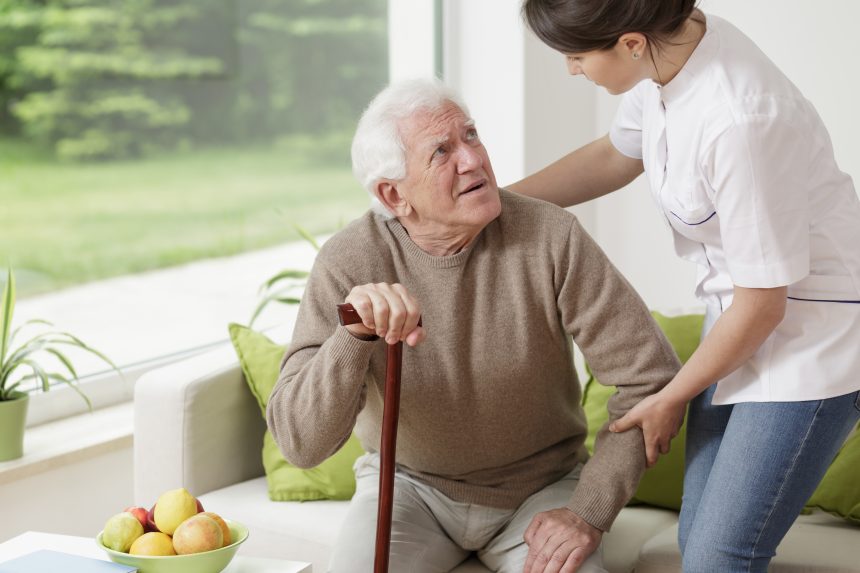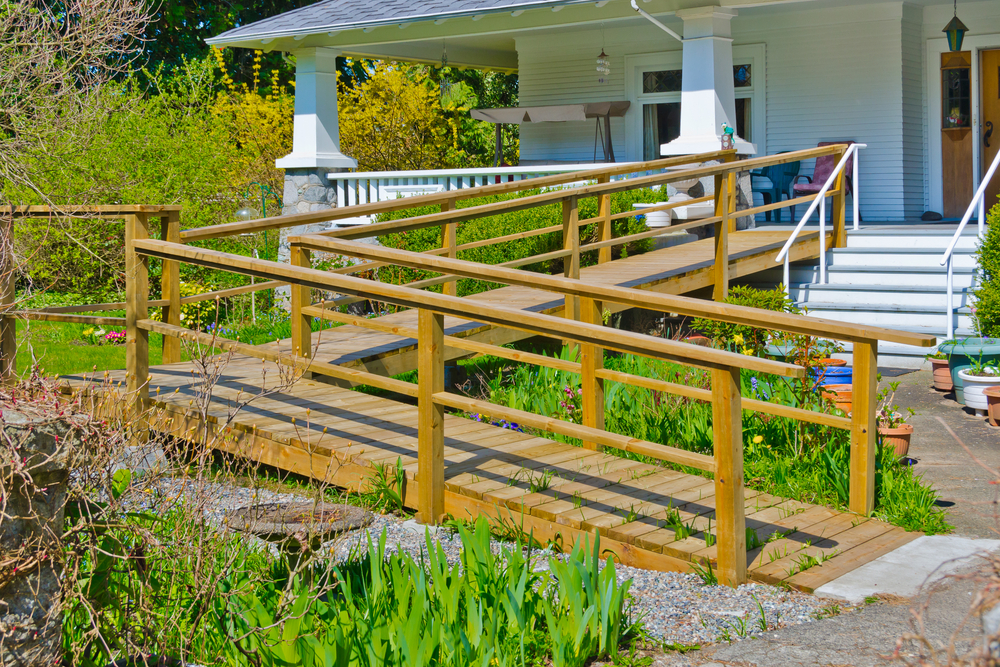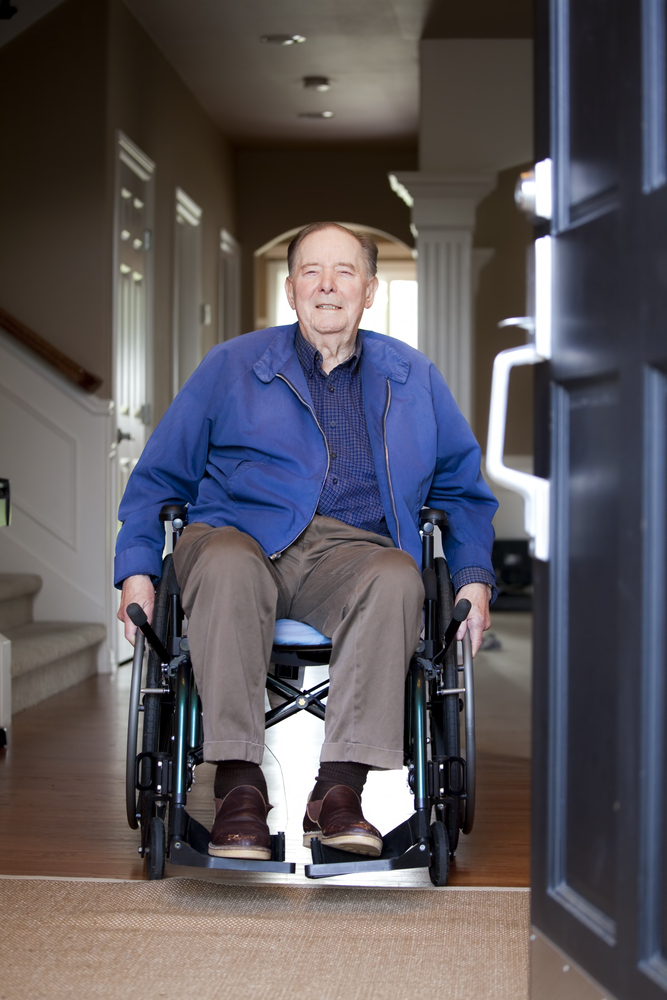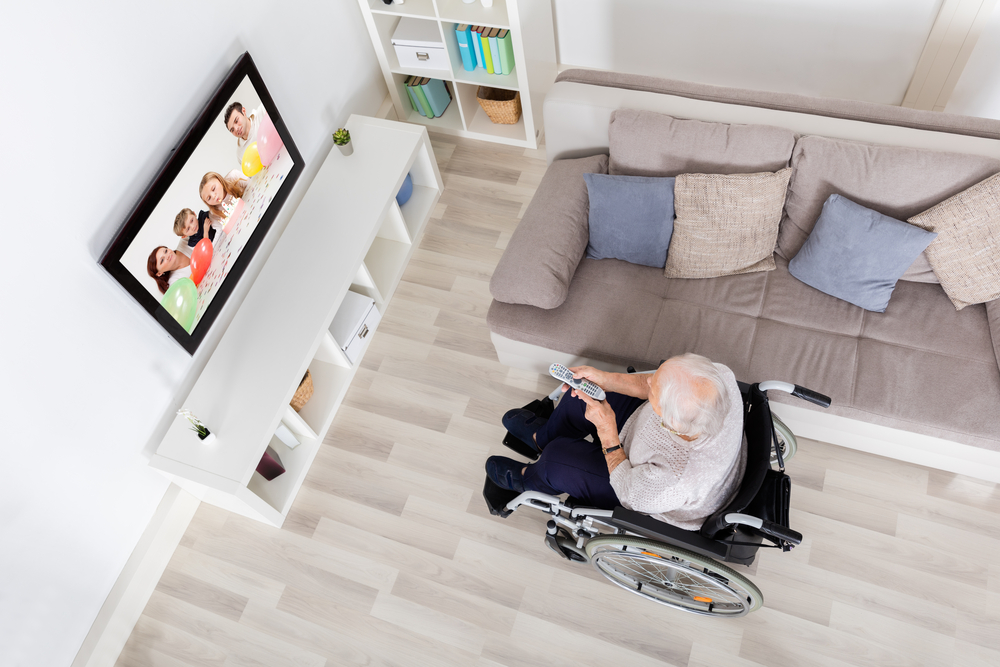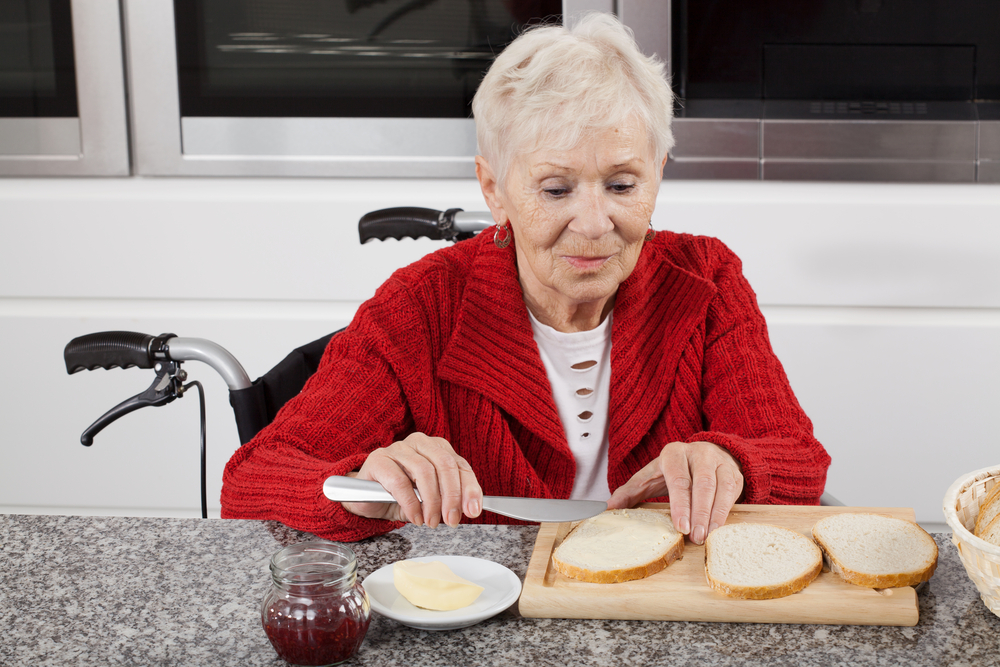As the baby boomer generation ages, millions of people will need to find proper accommodations for the elderly. Senior care costs are rising, so many are choosing to “age in place.” A majority of seniors between the ages of 75 and 84 will stay at home due to availability and prices of specialized living facilities (Ball et al., 2013).
There is a growing market for aging homeowners. Landlords and real estate investors must find ways to appeal to this group if they hope to cash in on that lucrative segment of the population. What’s the solution to this problem? It’s to modify your existing properties while constructing new buildings with more accessible standards.
Home modifications are vital to solving housing problems for senior citizens (Pettersson et al., 2018). This article will discuss changes that will improve the lives of tenants and customers.
Pre-modification
Before starting any renovations, hire a professional to do a walkthrough of the home. A Certified Aging in Place Specialist (CAPS) is a good choice. They’ll assess the home and provide a report of the areas which could benefit from improvements. This way, homeowners can ensure they don’t miss anything.
Either before or after the CAP specialist does the walkthrough, homeowners should do one of their own. They should note where they see potential obstacles. Are the doors too narrow? How are the walking surfaces? Looking through the home with an objective eye can give them an idea of what needs work. They can make a checklist or use the one their CAP specialist gave them.
Once the checklist is complete, they can make a plan. Using a floorplan of the home, they can map out what changes they want to make. They should mark the areas on the floorplan, so they have a visual. The suggestions in this article can also be added to the map.
Modifications
These are modifications that will make the property more accessible to senior citizens. Their usefulness will vary based on the available budget, number of tenants, size of the home, and location.
Entryways and Exits
Entry and exit doors are the most obvious places to start while modifying a house. There are many possible changes to keep them safe and stress-free for tenants.
Ramps, Lifts, and Walkways
Before thinking about the doorway, consider the path to get there. Many falls happen on the way up to the porch steps due to uneven gravel, stones, or pavement. Check the path for cracks that could make the walkway dangerous. Smooth asphalt or pavement is ideal.
Stairs are a clear hazard for elderly tenants. A ramp for wheelchair accessibility will make the property appealing to this age group. Potential buyers can see the ramp from the curb, so they’ll immediately know the home has been updated with accessibility upgrades. This will generate interest in the property and can be a great way to reel in buyers.
To take the curb appeal to the next level, consider a wheelchair lift. Those who are concerned about the footprint of a long ramp will see this is a great way to maximize space on the front lawn. It will be a fantastic selling point for tenants and buyers. Homeowners can avoid covering the lawn while keeping the accessibility of a ramp. Lifts are also safer. They’re perfect for an elderly caretaker who may not have the strength to move a wheelchair up an incline.
Front and Back Doors
Doorways are a consistent hazard for senior citizens. It’s easy to trip over a threshold. Handles can be hard to turn. Wheelchairs and walkers can get caught on door hinges.
To fix these issues, consider removing the threshold, or saddle, over the entrance. This will make the outer surface flush with the entrance and prevent trips and falls. If an area is prone to flooding, ensure there is enough drainage around the home before this is done. To keep the elements out, install a door sweep. Some sweeps even deploy and retract when the door opens to stay out of sight.
Widen the front entrance doorway to allow easy wheelchair access. This will require some carpentry work, so be sure to consult a professional.
Finally, install lever-style doorknobs on the front door. Traditional doorknobs can be difficult to grip and turn for a senior citizen.
To make an impression on buyers, install an automatic door opener on either side of the entryway to make wheeling through a breeze.
Make sure to weatherize the perimeter of the house. Install storm windows to give tenants another layer of protection from the elements. Avoid window-mounted air conditioners that are susceptible to breaking. Use durable screens that can stand against heavy winds. These are especially important in places like Florida, where hurricanes are common.
Room Access
If certain doors block a passage, consider installing pocket doors. These sliding doors open by tucking into the frame. They stay out of sight and out of the way.
To install pocket doors, invest in quality materials and hire an experienced contractor. The entire wall may have to be ripped apart to replace cheap, broken materials. This will best be done by a carpenter with years of experience. After all, what use are premium materials if they aren’t installed correctly?
Hallways and Floors
These features shouldn’t be ignored as they can make senior citizens safer in the home.
Hallways
The general rule for a hall is the wider, the better. Narrow halls can cause problems for a senior citizen with a cane, walker, or wheelchair. Clear the path of any unnecessary furniture. Doors should never swing open into a hallway.
Floors
When it comes to floors, smooth is good and soft is great. The priority should be finding floors with no variation in texture. This means no ceramic tile, especially in the bathroom, where falls are common. Try to avoid changes in flooring from room to room. Consistent flooring can prevent falls and accidents from occurring (Tse, 2005).
Unconventional flooring like rubber or cork can enhance comfort and help prevent injuries. Look for low-maintenance floors. Carpet tile, for example, is cut into sections. If a stain won’t come out, there is no need to replace the entire carpet. Simply pull up the square and lay a new one down. Soft, durable floors are great for kids and senior citizens, and fragile objects are less likely to break on them.
Living Room and Bedrooms
While modifying homes for senior citizens, don’t overlook the bedrooms and living room.
Living Room
Homeowners who aren’t furnishing the home should use an open floor plan and let tenants arrange furniture in a way that suits them. If the home is being furnished by the homeowner, there are a few more boxes to check off.
Like the hallway, the living room should be clear of any unnecessary furniture. Make sure there are side tables next to the couches for easy access. Find smooth flooring for the living room. Pushing a wheelchair through thick carpet can be hard on a senior citizen’s joints. The carpet tile mentioned earlier in the article may not be as attractive as hardwood, but it’s a great compromise between soft and smooth flooring.
Bedrooms
The same principles apply to the bedrooms. Make sure to arrange the furniture so tenants can keep important objects within reach. Also, watch out for hazardous steps and thresholds between rooms.
Make sure the rooms are well-lit. Senior citizens with deteriorating eyesight struggle to see in normal lighting conditions. They need more ambient light. Install extra-bright bulbs and multiple fixtures per room to create a safe environment.
Closet space can be scant, which means tenants will try to maximize space. Get ahead of the curve and install slide-out drawers for clothing items. This way, a senior won’t have to strain to grab something in the closet. Avoid traditional closet storage that raises items above the head. If they can’t reach the object, it could fall and injure them.
A phone or intercom system can give families peace of mind when their elderly relative is alone. Make sure it is within reach of a bed for easy access.
Bathrooms
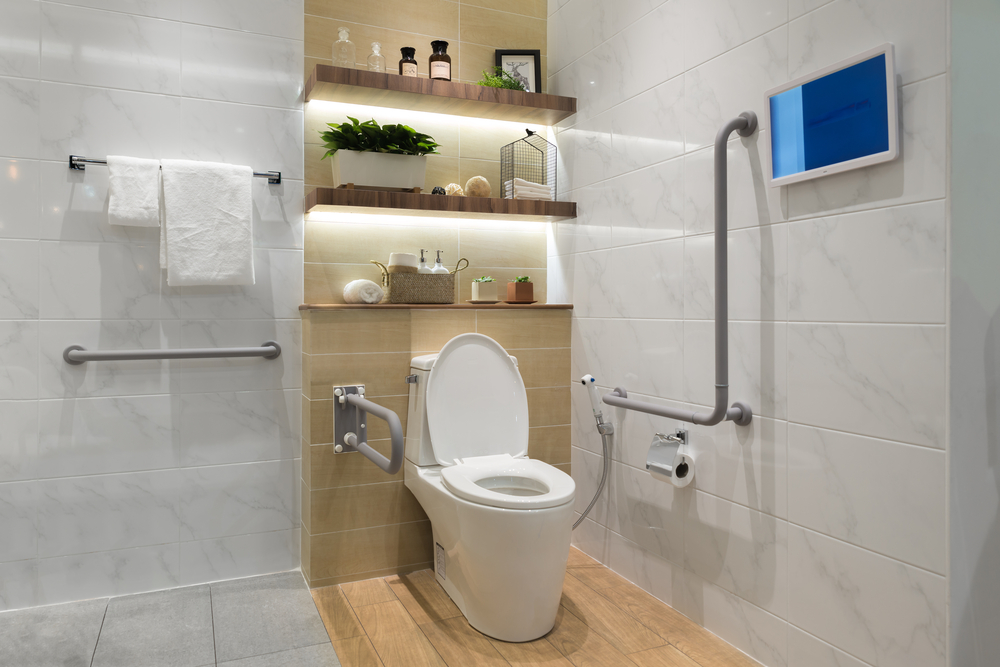 The bathroom can be a dangerous place for an aging tenant. Many home modifications will revolve around it. Lots of senior citizens are injured here, so pay close attention to any hazards found in the bathroom.
The bathroom can be a dangerous place for an aging tenant. Many home modifications will revolve around it. Lots of senior citizens are injured here, so pay close attention to any hazards found in the bathroom.
Start by looking at the floors. Has a non-slip material been selected? If not, buy rolls of non-slip rubber pads to make the floor safer. Avoid any bumps or edges someone could trip over. Be certain not to make the floor more dangerous during the modifications.
Next, figure out what to do with the shower or tub. There are a few options here. If there is already a shower installed, turn it into a roll-in shower. The entry for the shower may have to be widened to fit a wheelchair. A seat can be added so the person can relax and avoid slipping. A handheld shower head is also a great addition.
Those who have a bathtub should install a walk-in tub so seniors can easily step through the door. Premium brands even offer massage features and built-in grab bars. No matter which option is selected, it’s important to install grab bars in the shower, tub, and by the toilet.
Transfer benches allow a person to transition from a wheelchair to the shower with little to no help from a caretaker. Invest in a transfer bench to give a senior more independence.
Prevention devices are often overlooked, but they can make a difference in the safety of a bathroom. Install scald prevention devices on the faucets. These will regulate temperature and keep users from burning themselves. Also, consider installing flood prevention attachments to water lines. These automatically shut off a water line if they detect an overflow.
Make sure all storage areas are low and within reach. That will prevent a senior citizen from stretching for a cabinet door and falling. Keep cabinets and storage compartments close to the sink for easy access.
Kitchen
A few adjustments to the kitchen can make it more accessible to senior citizens. As with the bathroom, check the flooring first. Rubber flooring can create a softer standing surface. While it can’t prevent accidents, objects won’t shatter as easily as they would on tile.
Next, move on to the appliances. The design of the dishwasher often requires seniors to bend over repeatedly. To fix this, put shims underneath to raise it. Raising the dish racks will keep the tenant from straining themselves.
Think carefully about the stovetop design. Raised surfaces can catch pots and pans during transfer and create dangerous spills. If the control knobs are located toward the rear of the stove, an elderly tenant could burn themselves while trying to turn it off. Instead, look for a stove with controls near the front. Raise the stove like the dishwasher to avoid unnecessary strain.
Make sure the refrigerator isn’t too deep. That will help senior citizens avoid stretching to reach an item in the refrigerator and falling as a result. The doors should be light and easy to open.
Like the bathroom, cabinets shouldn’t be too high or hard to reach. Homeowners may have to lower them or install slide-out drawers.
Technology
There are more tools than ever before to help senior citizens live comfortably. These devices will make aging-in-place convenient, safe, and maybe even a little fun.
An automatic doorbell should be high on the list of priorities for an accessible house. A senior can keep a smartphone on hand to answer the doorbell from afar. The Ring doorbell, for example, allows two-way communication between the homeowner and the ringer. The senior citizen won’t have to worry about moving to the front door. They can also give instructions to the person outside.
If a property contains multiple levels, stairs are the elephant in the room. Elderly tenants may not always have the help they need to climb the stairs. They might be too afraid of taking a fall to climb them. To increase accessibility and ease their worries, add a stairlift to the staircase. It will give seniors and their families confidence and peace of mind.
In-house monitoring systems can also ease a family’s worries. Senior citizens with dementia can wander off and put themselves in danger. Installing an alarm system a caretaker can set while they go shopping can act as the first line of defense.
With smart cameras, users can monitor a room in real time. Some cameras allow two-way communication and have pan/zoom features. This way, a caretaker can keep an eye on the home—no matter where they are.
For climate control, install a smartphone-connected thermostat like those by Nest or Honeywell. They have an intuitive design and large temperature readouts. This will give senior citizens more control and independence. They can adjust the temperature from their smartphone without walking to the thermostat.
Final Thoughts
To recap, while considering modifications, keep in mind:
- Everything should be close and within reach.
- Floors should be soft, durable, and smooth.
- Pathways should be smooth and clear of obstacles.
- Technology should make the home safer and allow seniors to avoid strain.
By following these suggestions, homeowners will create a safe and comfortable environment for senior citizens to thrive in.
Sources
Ball, M. & Nanda, A. (2013). Household attributes and the future demand for retirement housing. International Journal of Housing Markets and Analysis, 6(1), 45–62. doi:http://dx.doi.org.ezproxy.net.ucf.edu/10.1108/17538271311306002
Pettersson, C., Slaug, B., Granbom, M., Kylberg, M. & Iwarsson, S. (2018). Housing accessibility for senior citizens in Sweden: Estimation of the effects of targeted elimination of environmental barriers, Scandinavian Journal of Occupational Therapy, 25:6, 407–418, DOI: 10.1080/11038128.2017.1280078
Tse, T. (2005). The environment and falls prevention: Do environmental modifications make a difference?. Australian Occupational Therapy Journal, 52: 271–281. doi:10.1111/j.1440–1630.2005.00525.x

